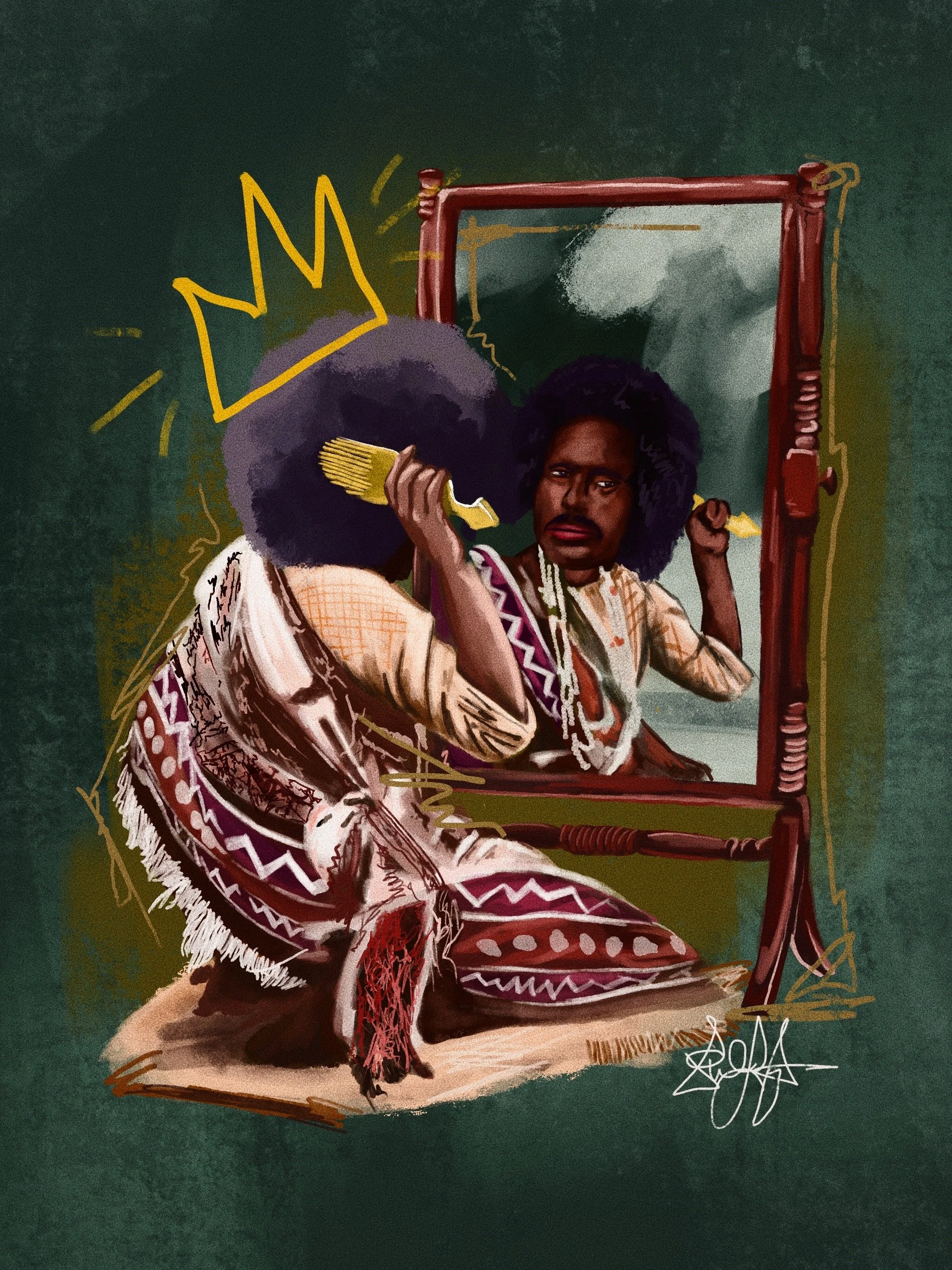The way people care for, style, and decorate their hair tells so many stories about the world.
In pre-French-colonial Vietnam, most men would grow their hair extremely long- waist length. It’s a practice of maintaining one’s original hair as a sign of respect to parents that likely came over with Confucianism during Chinese occupation.
In Madagascar, Malagasy women would leave their hair unbraided during a time of mourning… but if an especially revered elder were to pass, men and women would shave their heads.
In Fiji, hair commanded respect. Touching an leader’s hair was considered a massive offense, as missionary Thomas Baker found out the hard way. Today the buiniga- a Fijian afro- and its styling comb serve as big symbols of resistance to colonialism.
The diversity of hair around the world could be an invitation for appreciation and wonder, but so often it becomes a battleground for policing who belongs and who doesn’t. Here’s hoping for the Senate to soon join the House in passing @thecrownact to prohibit hair discrimination.


